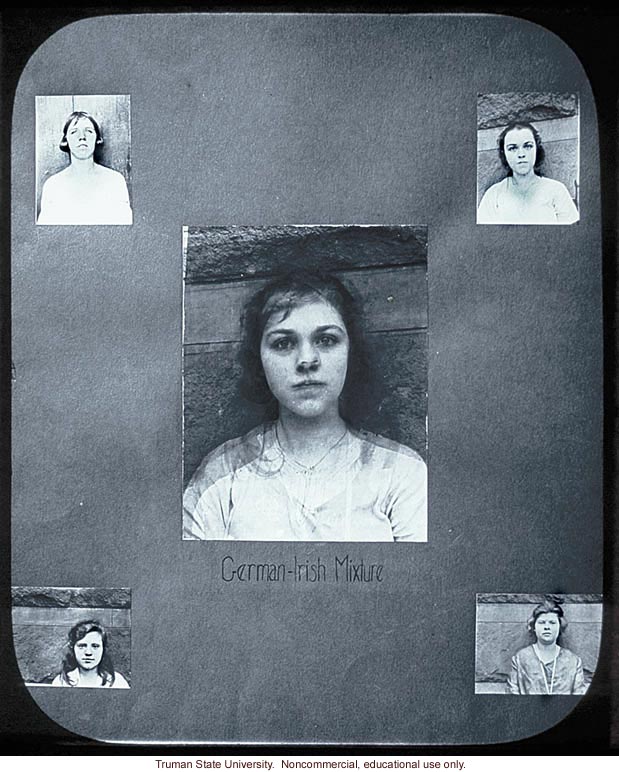

They argue that in the twentieth century the awareness arose that mechanical-objective pictures still could contain errors that should be erased by trained judgment. At first sight, this seems very much in the line of Daston and Galison’s account on objectivity. This chapter argues that despite the fact that Galton aimed at mechanical objectivity, subjective judgments nevertheless appear to be a necessary part of this kind of inductive inference. The three populations that were studied by Galton are people suffering tuberculosis, Jews, and criminals. His aim of induction was to determine the typical characteristics of the natural class to which the individuals belong by composing the relevant photographs in a specific photographic way. chapter discusses Francis Galton’s method of inductive inference where the data are photographs of human faces.
GALTON COMPOSITE PHOTOGRAPHY ARCHIVE
The Wittgenstein Archive is dedicated to the study and publication of all aspects of Wittgenstein’s work. “When philosophers use a word – ‘knowledge’, ‘being’, ‘object’, ‘I’, ‘proposition’, ‘name’ – and try to grasp the essence of the thing, one must always ask oneself: is the word ever actually used in this way in the language-game which is its original home? – What we do is to bring words back from their metaphysical to their everyday use.”

(We can get a rough picture of this from the changes in mathematics.) Here the term “‘language -game” is meant to bring into prominence the fact that the speaking of language is part of an activity, or of a form of life.” But it is important to remember that Wittgenstein uses Lebensform not as a philosophical terminus technicus as he warns in paragraph 116: And this multiplicity is not something fixed, given once for all but new types of language, new language-games, as we may say, come into existence, and others become obsolete and get forgotten. Here we have at the same time a first indication of his later concept of Familienähnlichkeit (family resemblance): “the family of structures more or less related to one another.-” ( Philosophical Investigations I, paragraph 108) and this also relates it to the notion of Lebensform (form of life) as in paragraph 23: “But how many kinds of sentence are there? Say assertion, question, and command? – There are countless kinds: countless different kinds of use of what we call ‘symbols’, ‘words’, ‘sentences’.

And as by showing to you such a collective photo I could make you see what is the typical – say – Chinese face so if you look through the row of synonyms which I will put before you, you will, I hope, be able to see the characteristic features they all have in common and these are the characteristic features of Ethics.” And to make you see as clearly as possible what I take to be the subject matter of Ethics I will put before you a number of more or less synonymous expressions each of which could be substituted for the above definition, and by enumerating them I want to produce the same sort of effect which Galton produced when he took a number of photos of different faces on the same photographic plate in order to get the picture of the typical features they all had in common. He says: ‘Ethics is the general enquiry into what is good.’ Now I am going to use the term Ethics in a slightly wider sense, in a sense in fact which includes what I believe to be the most essential part of what is generally called Aesthetics. “My subject, as you know, is Ethics and I will adopt the explanation of that term which Professor Moore has given in his book Principia Ethica. In his Lecture on Ethics, Wittgenstein illustrates “the subject matter of Ethics” through the effect of Galton’s composite photography, just as he experimented with it years before in the composite photograph of his sisters and himself:


 0 kommentar(er)
0 kommentar(er)
